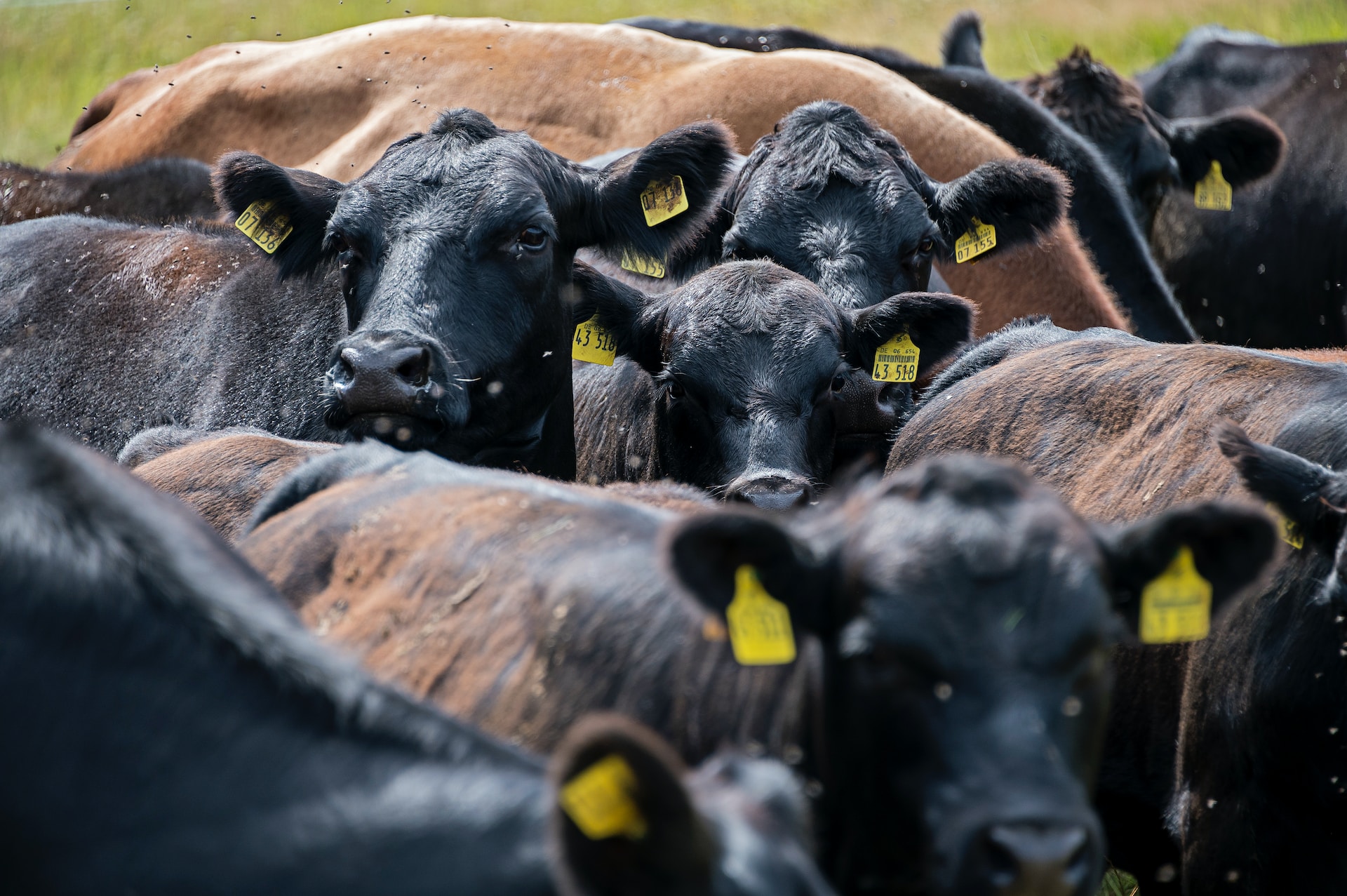US beef futures recently touched a record high, alongside US consumer prices for products like ground beef. The US cattle herd has been continually shrinking since 2020 and beef production is now declining as well – expected to fall by more than 2 billion pounds from 2023 to 2024.
In response to several waves of drought that swept over the Midwest throughout the past couple of years, ranchers have been forced to cull millions of beef cows. Water shortages appear unlikely to show immediate improvement in most parts of the US where cattle farming is prevalent. USDA data indicates pasture and range conditions are improving moderately in the beef cow powerhouse of Texas, but other large cattle-producing states are experiencing a deterioration.
Related ETF: Invesco DB Agriculture Fund (DBA)
The US cattle herd is currently at its thinnest level in eight years, going back to 2015, wiped out by persistent drought conditions throughout the southwest that has led to sustained culling. The cattle population peaked in 2019 but has slipped into an ongoing downtrend in the years since. Along with an apparent inelasticity in the demand for beef – shrugging off large price gains – the cattle herd shrinkage helped to push live cattle futures to an all-time high earlier this month at nearly $1.82 per lb. Front month futures closed near $1.79 last week, up 13.8% the year-to-date period alone.
Widespread cattle culling began in 2020, largely due to supply chain disruptions that emerged in the wake of COVID-19 lockdowns, which shut operations at slaughterhouses and meatpacking plants. Despite those shutdowns, beef futures actually declined to a decade-low due to the perceived economic impact of the pandemic. Once the smoke began to clear and operations in the beef industry were able to ramp up again, ranchers were left to deal with a two-fold problem of weak prices and an inflated herd of live cattle that had built up in the time that slaughterhouses were shuttered. The latter variable faced the industry with the potential for an even deeper and more sustained downturn in pricing, which justified the culling.
Margins continued to be threatened by shortages of available water in key beef cow and crop producing regions throughout the US, which meant culling would have to continue even as prices…
To read the complete Intelligence Briefing, current All-Access clients, SIGN IN All-Access clients receive the full-spectrum of MRP’s research, including daily investment insights and unlimited use of our online research archive. For a free trial of MRP’s All-Access membership, or to save 50% on your first year by signing up now, CLICK HERE










